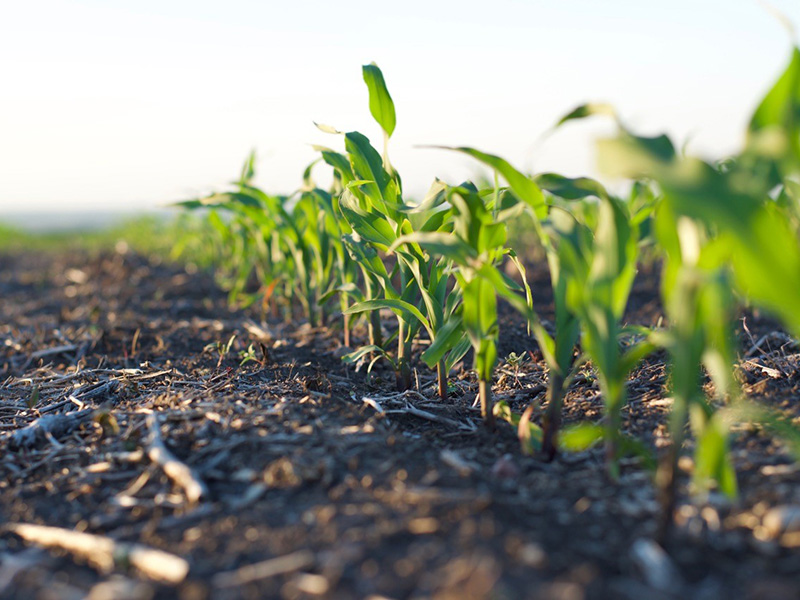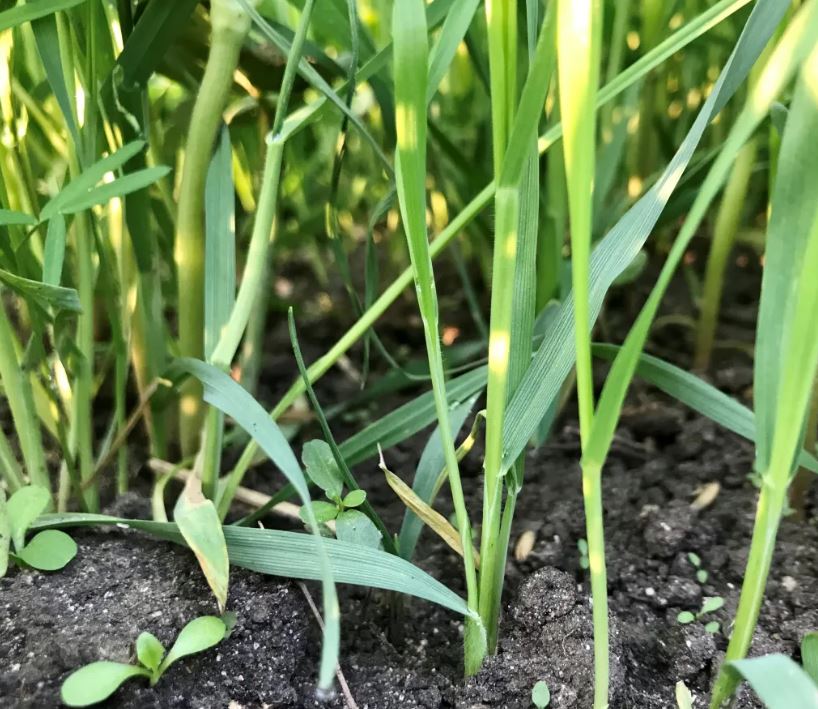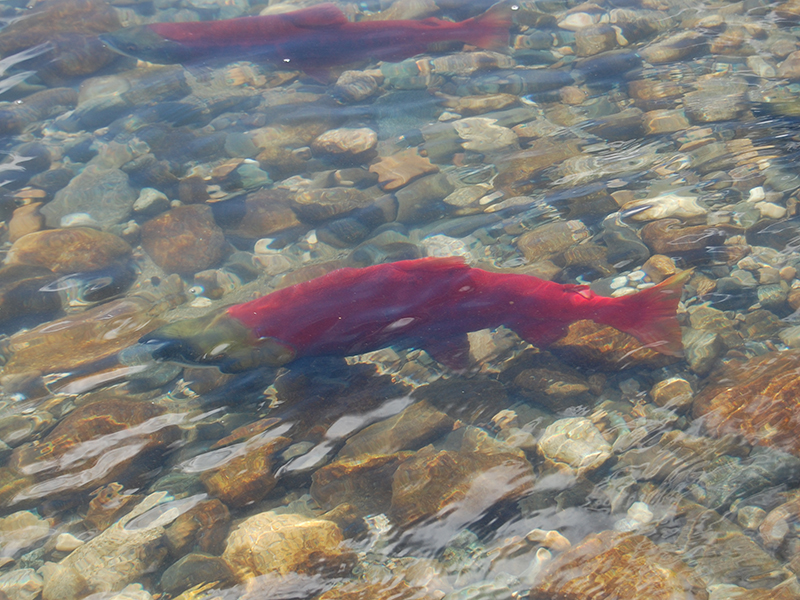Natural Resources
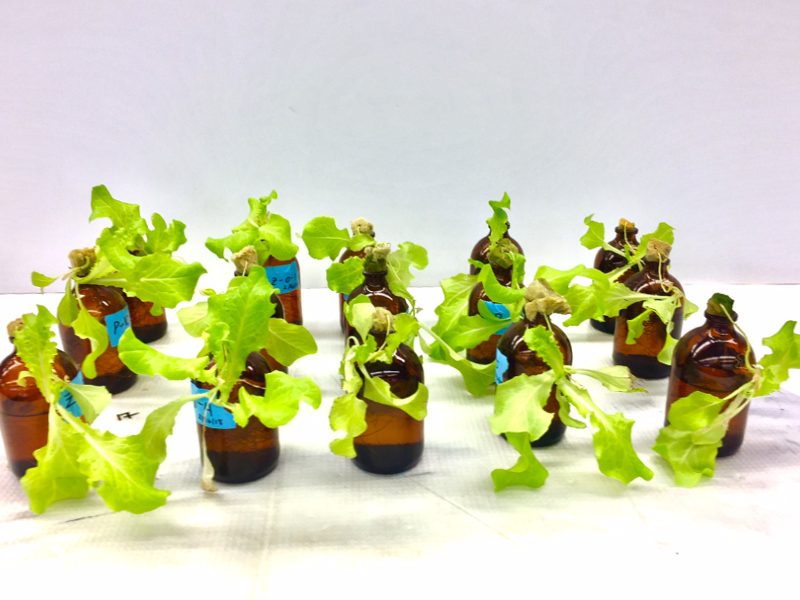
Carbon nanotubes are tiny. They can be a hundred thousand times smaller than the width of a human hair. But they have huge potential.
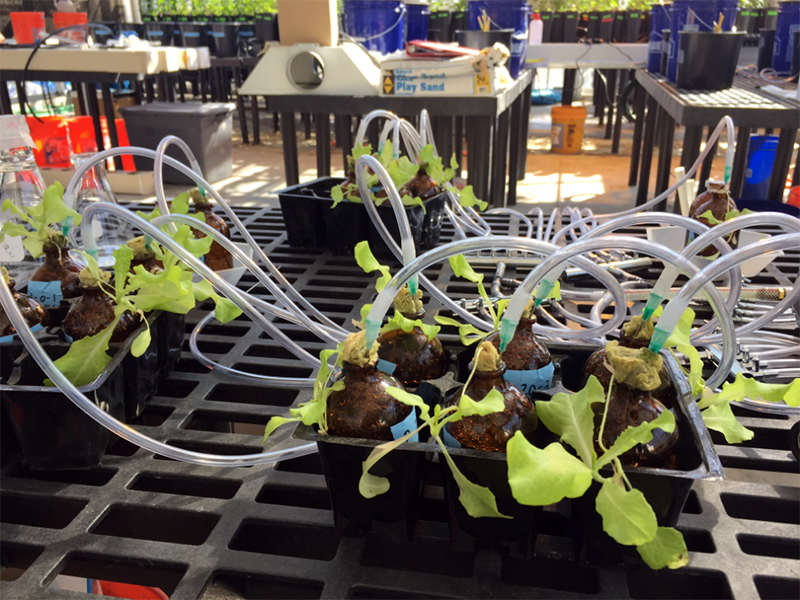
Products manufactured using carbon nanotubes include rebar for concrete, sporting goods, wind turbines, and lithium batteries, among others.
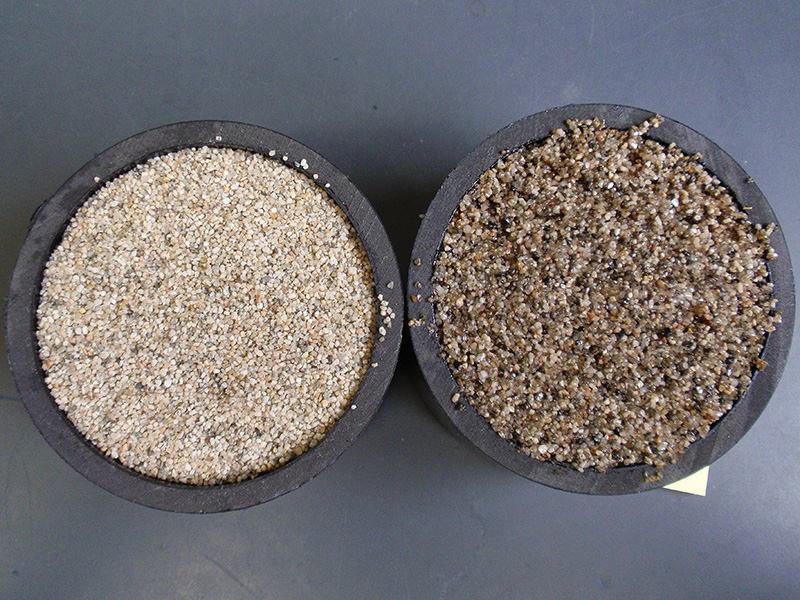
Farmers often need to regulate soil temperature, reduce weeds, and minimize water loss. Agricultural mulch can help farmers do so.
But the plastic in commonly used agricultural mulch can degrade soil and water quality. Microplastics can even enter the food chain.
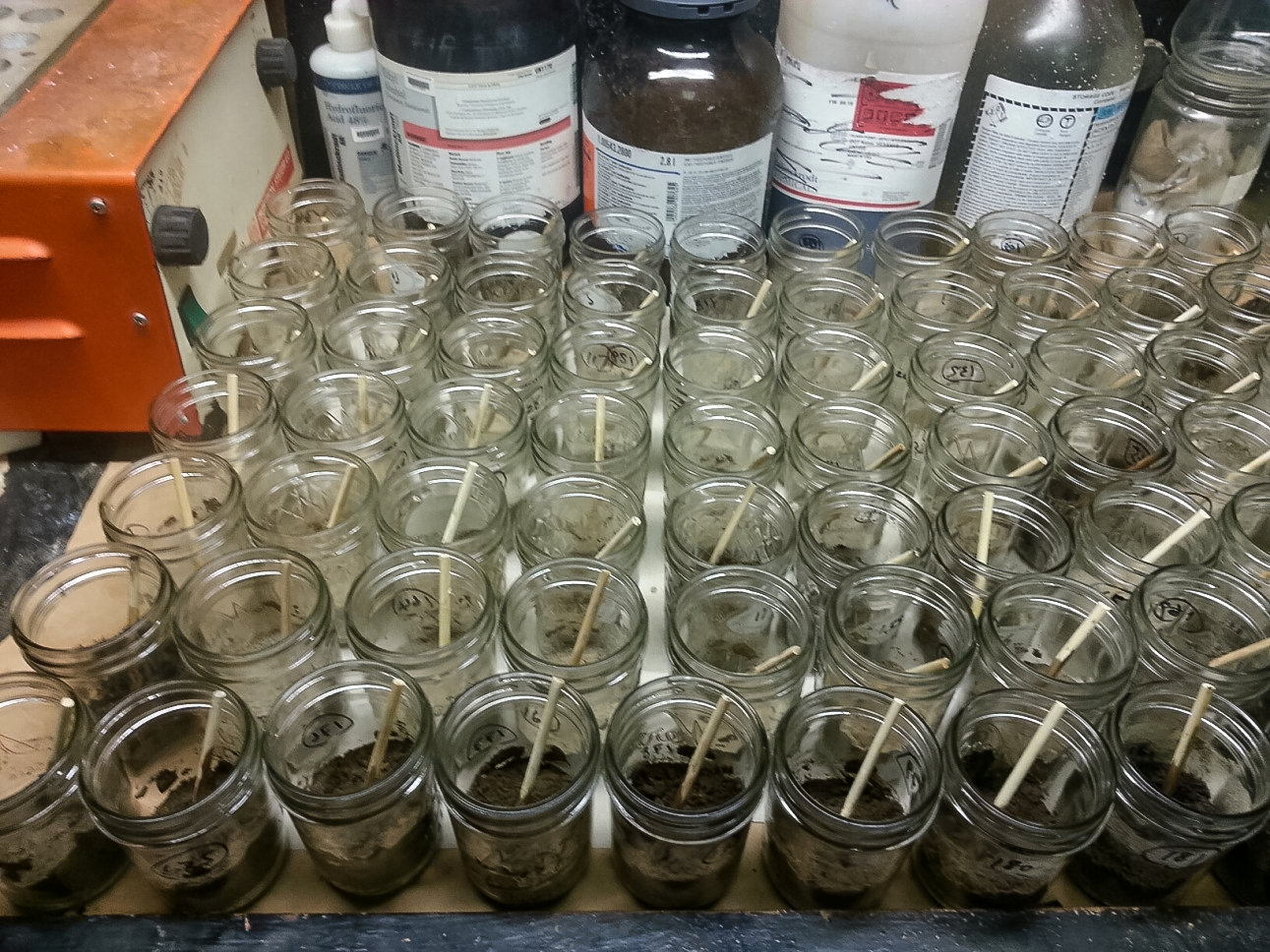
After an oil spill or leak, it’s important to act fast. If the oil has gotten into soil, scientists need to rapidly assess how much oil there is and how far it spread. It’s a process that has always been costly and time-consuming.

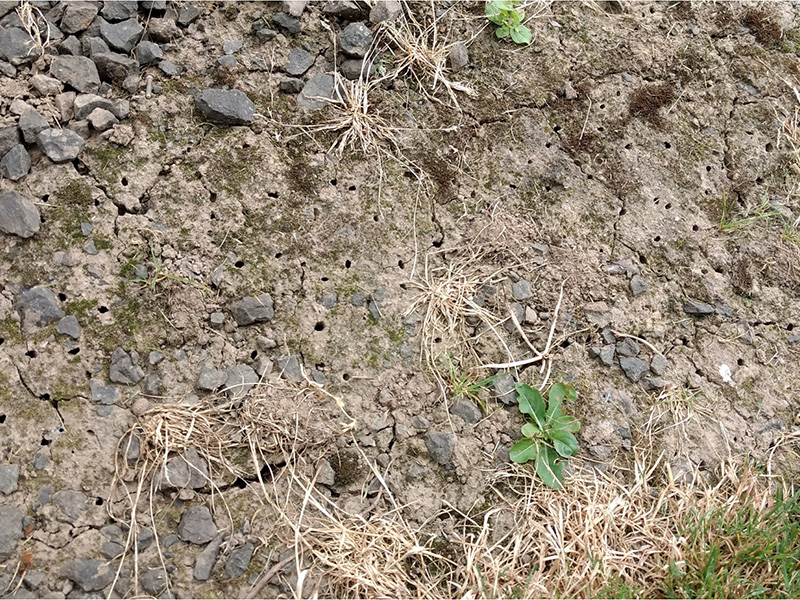
Many living creatures live in soil. Though their sizes range from microscopic soil microbes to larger animals like gopher turtles, they all call soil their “home.” Included in these ground-dwelling species are bees – vital in the pollination cycle of about 90% of plant life.

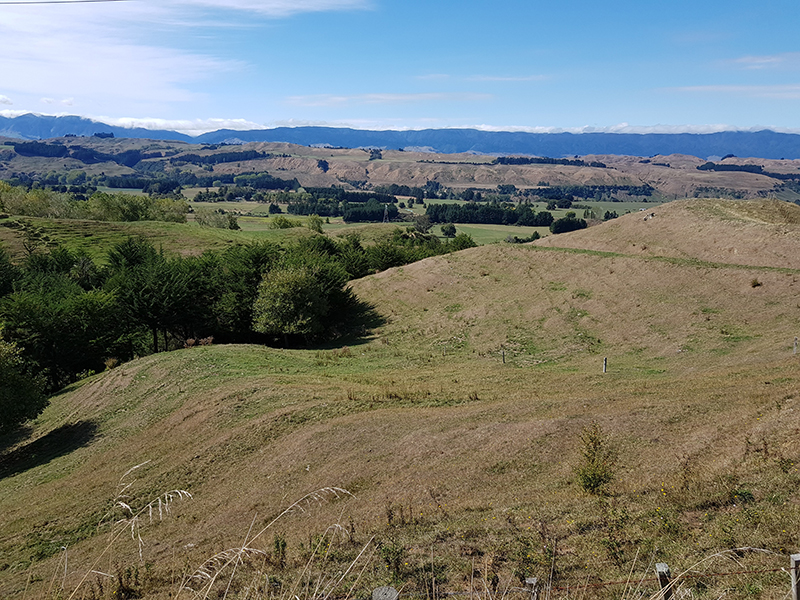
For most of us, our closest encounter with the element fluorine is likely to be our toothpaste or a municipal water supply with added fluoride.
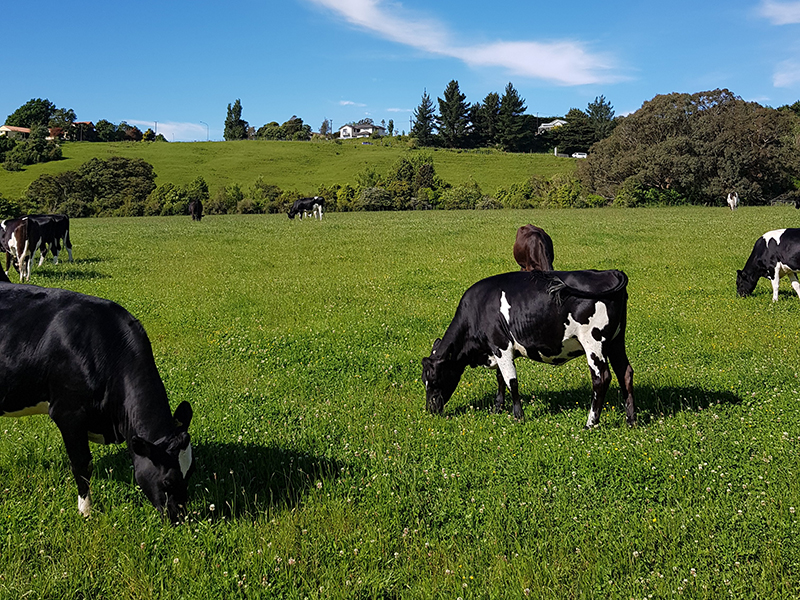
But excess fluorine can be a problem. For example, high levels of fluorine in the soil can hurt plants. Fluorine in soils may also affect microbes and other organisms higher along the food chain.
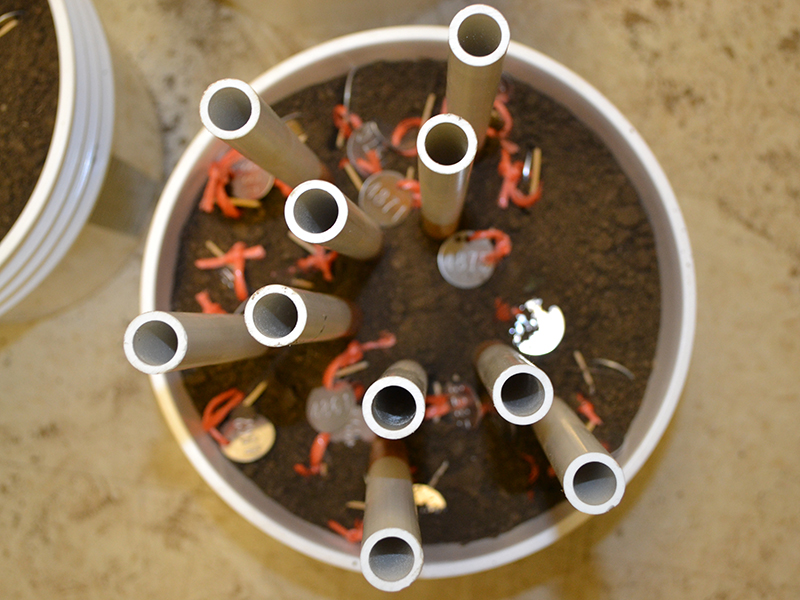
Stand outside and look underneath your feet. There, perhaps under some grass, is the soil. On a dry day, all the spaces in the soil are filled with air. And some distance further down, those spaces are entirely water. So, what’s in between?
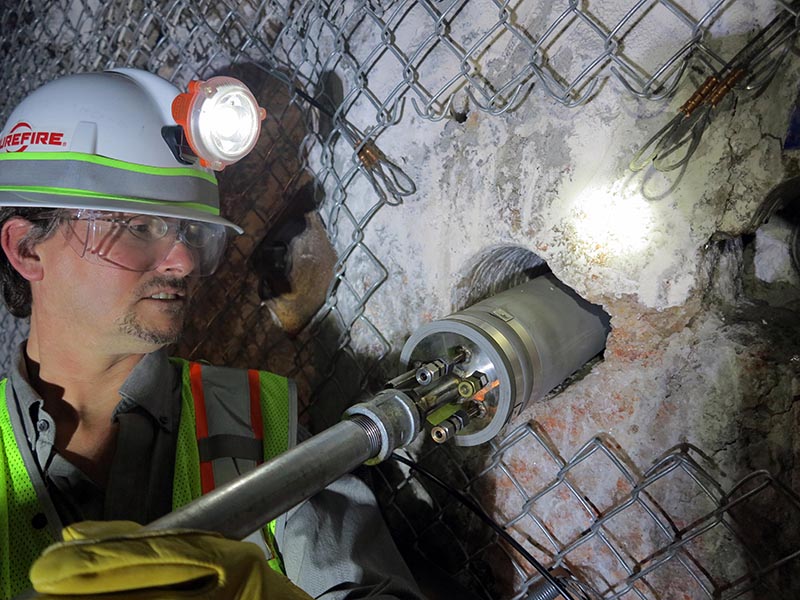
Around the world, there are pools of water filled with nuclear waste waiting for their final resting place. This is waste that was created from decades of nuclear power generation, and the waste must be handled carefully.
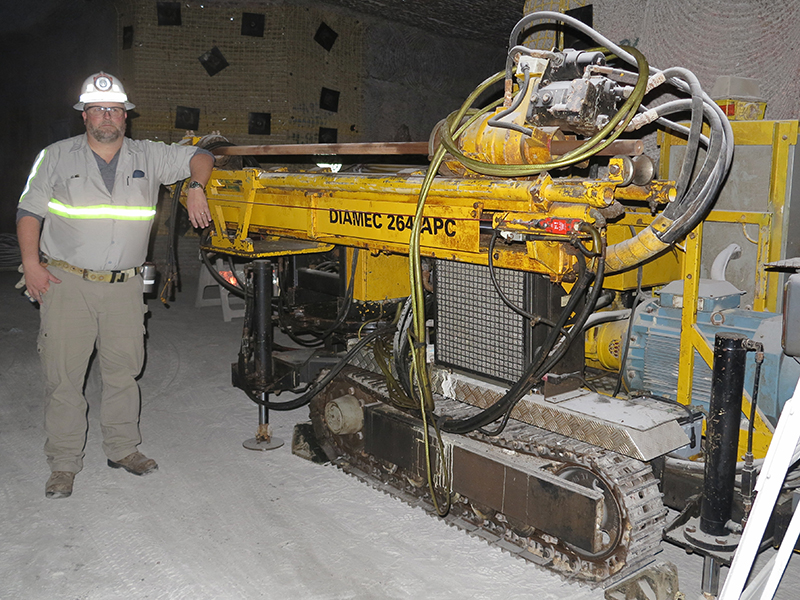
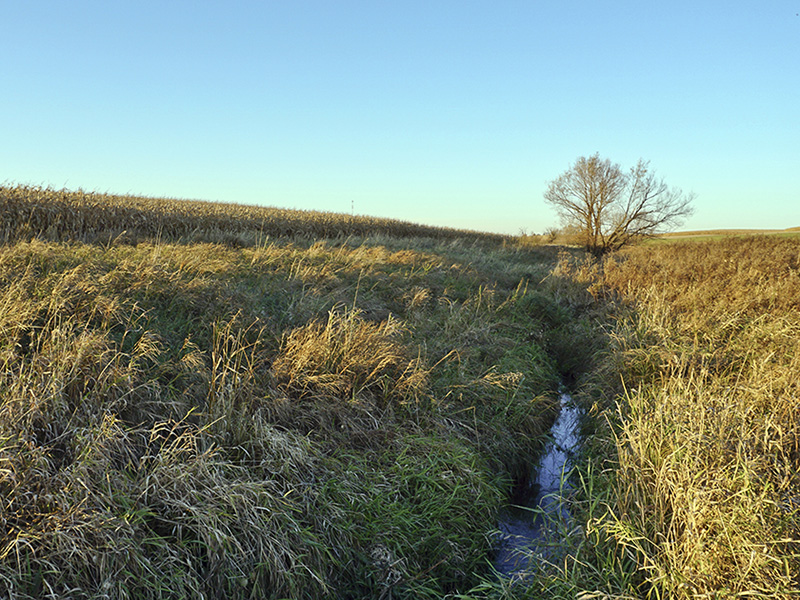
To combat weeds, farmers use a variety of tools and methods. By understanding the strengths and downfalls of each tool, a farmer can make the best decisions for his or her operation to keep pesky weeds out of the field.
